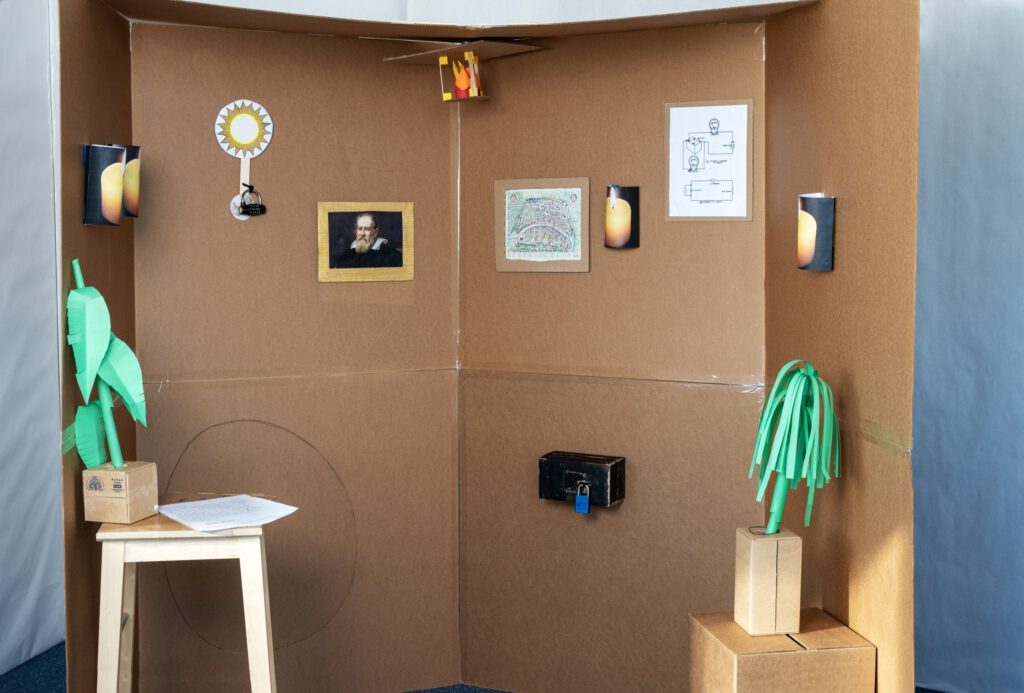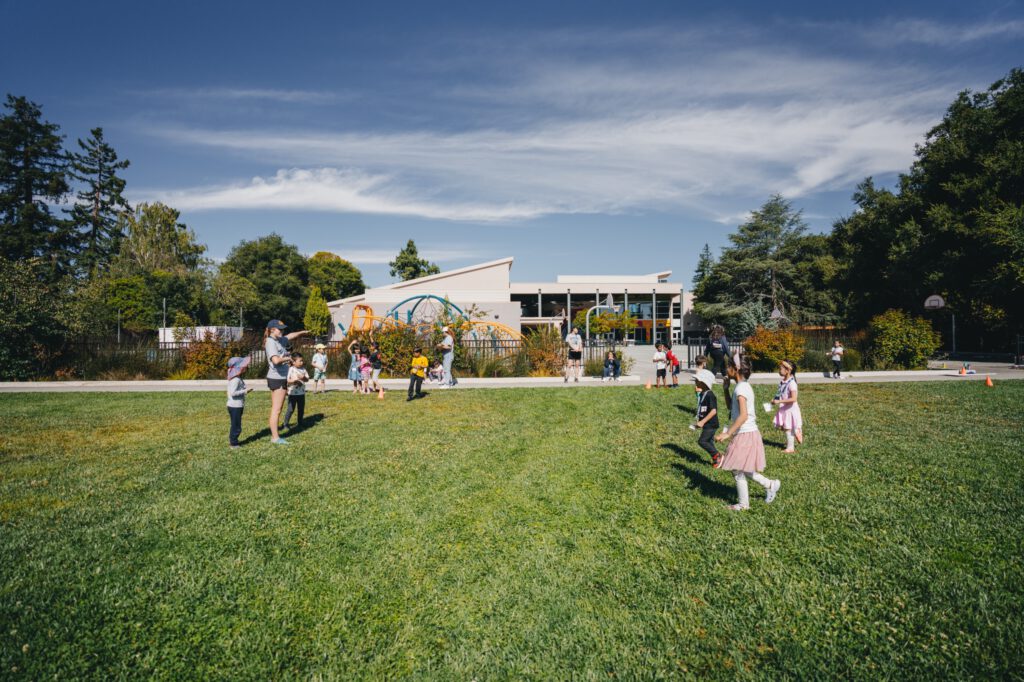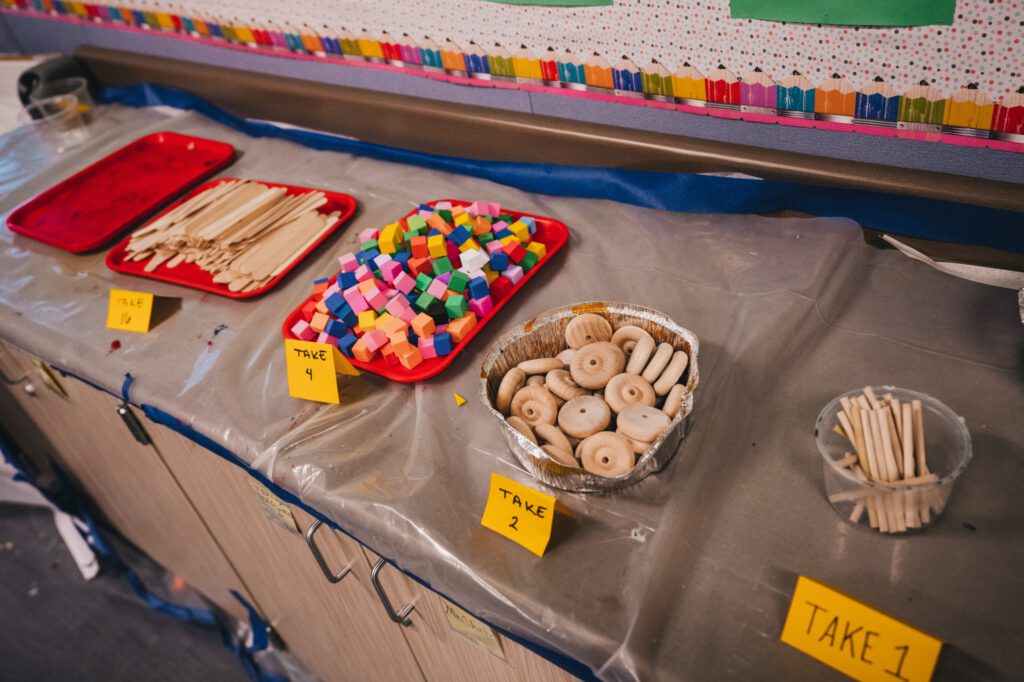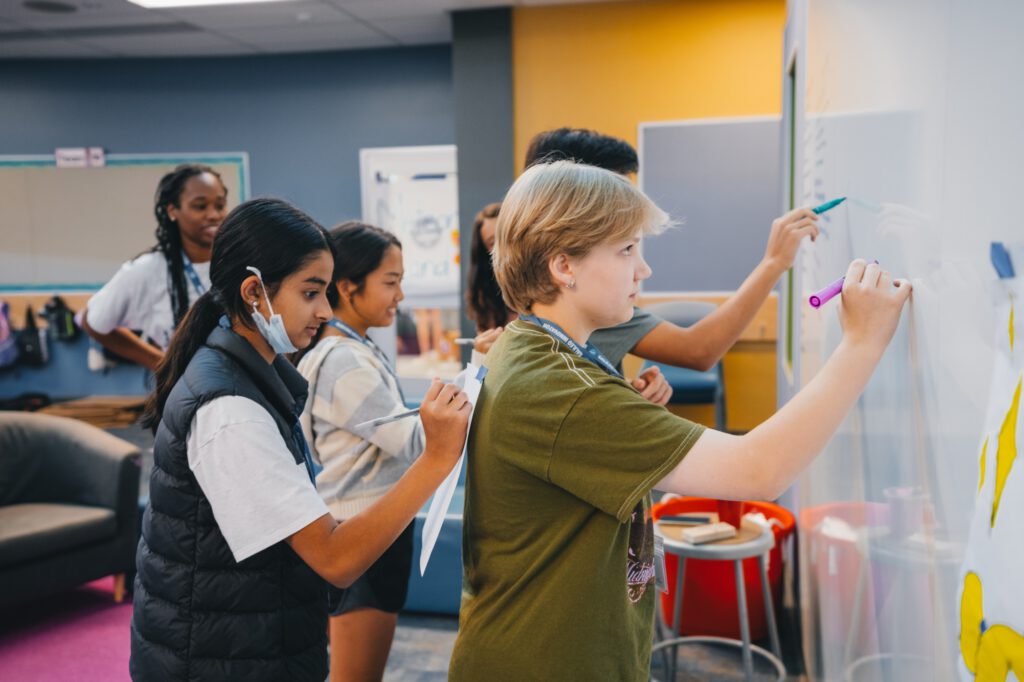STEM vs STEAM, what’s the difference and why the hype? What difference does a letter make? Science, technology, engineering, arts and math constitute STEM and STEAM (arts being a more recent addition, supported by evidence about the benefits of forming cross-brain connections). The careers—and in fact, the world—that today’s kids will grow into will be highly innovative and technical. To succeed, they will need not only knowledge and skills, but a comfort and familiarity with each of these areas.
Though the original purpose of STEM education may have been to prepare kids for the workforce, time has proven this to be short-sighted. Even if kids do not elect to work in a STEM field, they will certainly need knowledge of these disciplines in their daily life, for communicating, gaining information and managing the new ways that homes and vehicles are becoming more automated. When kids gain experience in these areas, it benefits them for years to come. Summer camp is an amazing way to blend learning and fun, and understanding the different options will help parents decide which summer camp is best for their kids.
STEM vs STEAM: Acronyms Unraveled
STEM, STEAM, PBL—the acronyms can be confusing. What do they all mean and which one is the best fit for your kids? Each is intended to engage kids in active learning adventures and help prepare them to become productive citizens of a changing world.
- 21st-Century Learning isn’t an acronym, but it frames the ways that education and technology are changing and evolving. Kids today need different skills than before in order to become productive members of a fast-paced and tech-driven society. This type of learning integrates new and crucial learning methods with practical skills and application, ensuring that kids can keep up with a world that’s always in motion.
- STEM emphasizes science, technology, engineering and math. These technical subjects clearly form the foundation for scientific innovation in medicine, manufacturing, communication and automation. A working knowledge of the STEM disciplines will arguably be a necessity for all individuals in the not so distant future.
- STEAM builds on the best of STEM, but acknowledges the importance of the creative arts. As a powerful example of STEAM in action, consider the Opening Ceremony of the PyeongChang 2018 Olympic Winter Games. A record-breaking drone show, designed and staged by Intel, showcased the quintessential merger of art and technology. More than 1200 drones were programmed to fly in synchronized formation to create moving 3-D works of art. Or think about Fran Kalal, Cloth and Simulation Technical Director at Pixar Animation Studios. She combines her interest in fashion design with computer coding, her “favorite paint brush,” to dress Disney Princesses.
- PBL or project-based learning is the preferred way for kids to experience both STEM and STEAM. PBL presents them with a real-world problem, such as designing a comfortable and functional prosthetic hand that is capable of performing specific tasks. This type of purposeful assignment motivates kids to research and design a prototype, perhaps in collaboration with a team, thus creating the opportunity to use the STEAM disciplines holistically in a way that transcends the separate subjects.
Benefits of STEAM Summer Camp
A STEAM summer camp offers numerous advantages for elementary and middle school kids, especially when coupled with PBL. The addition of art and design serves to embed the 4 Cs into the program. This additional acronym stands for critical thinking, communication, collaboration and creativity. These skills are considered essential for 21st-century kids, and the best programs will help build them actively in realistic settings. At Camp Galileo, Kids in pre-K through 5th grade can exercise critical thinking as they engineer a rubber-band powered vehicle capable of withstanding a rollover test and able to maneuver a variety of terrains on a cross-country journey. They perfect communication techniques while working with their team to safely move radioactive moon rocks without touching them. Campers collaborate with each other to simulate individual liver cells removing toxins in a lively outdoor game of Liver Link Up. And creativity is put to the test as kids think up multiple uses for a single material supply.
In Galileo’s Meteors program, campers entering 6th through 8th grades can apply the design cycle in specific projects that challenge the 4 Cs. Kids can apply their 4Cs to racing go-karts, building catapults or programming robots. Puzzle lovers will complete a series of tasks to make a great escape before using a variety of puzzle types and electronic circuits to design their own mystery room. No matter which week they attend, kids learn to challenge themselves in ways they haven’t before, and that makes their triumphs that much sweeter.
Nothing But the Best
When seeking a summer camp that is best for your kids, remember the acronyms. You cannot go wrong with a STEAM program that spotlights the 4 Cs in a PBL format. These programs challenge campers to apply science, technology, engineering, art and math authentically and as needed to solve real-world problems. In doing so, kids will stretch and grow their critical thinking, communication, collaboration and creativity skills, even as they learn to use tools, supplies, hardware and software. Oh, and most importantly, they will have a summer filled with fun.
Check out all the options for summer STEAM camps in your area: San Francisco, Southern California, and Chicagoland. Sign up for our mailing list to keep up-to-date on our camp happenings and innovation resources. Or, register here for a Galileo camp today.





